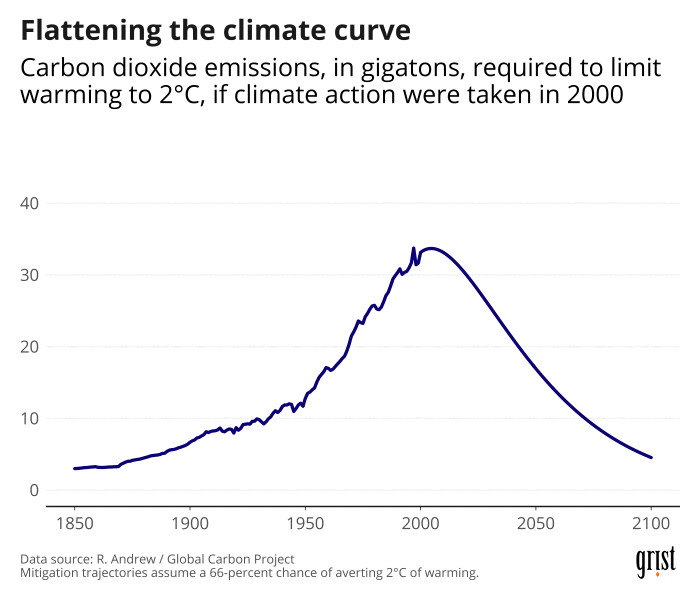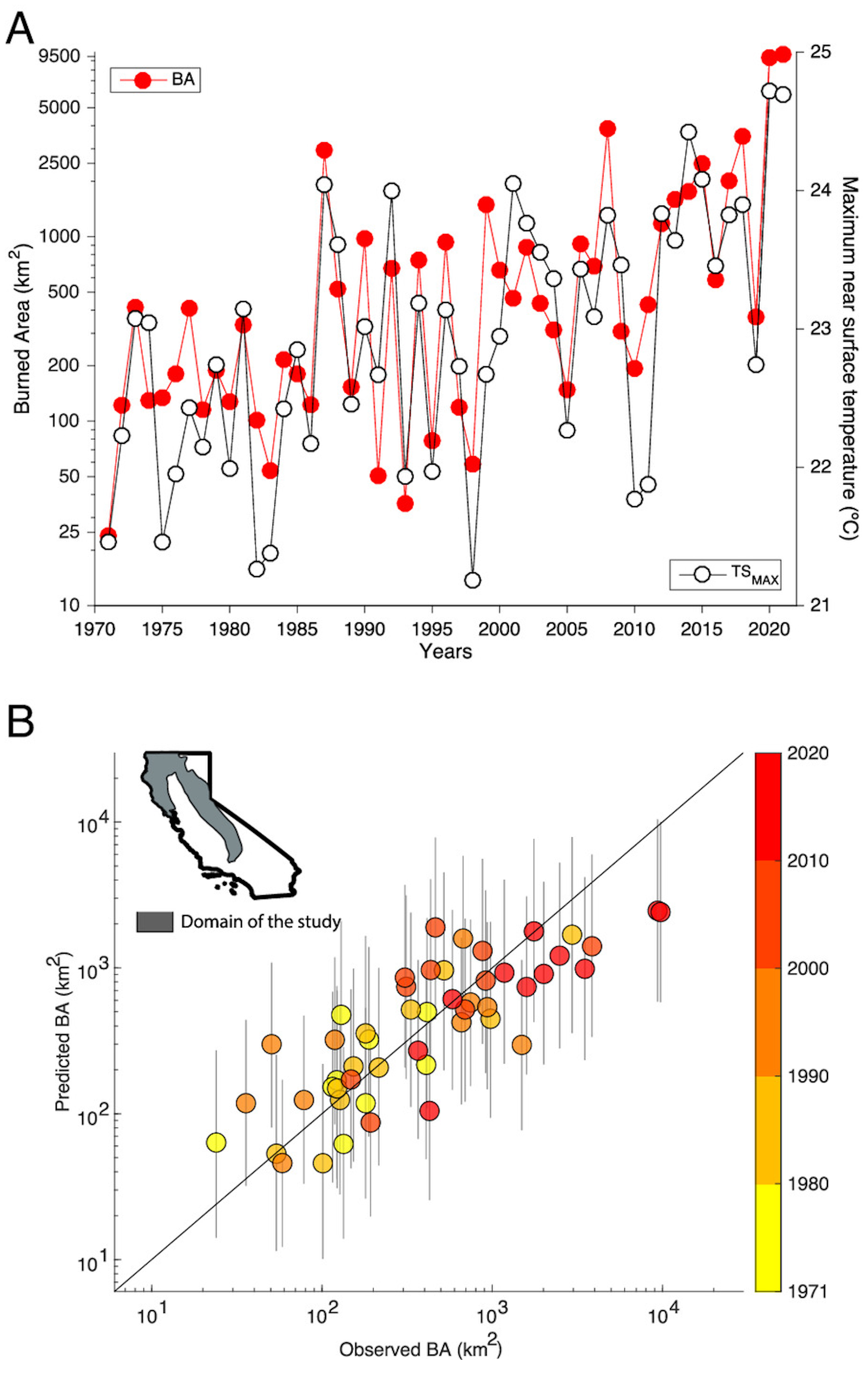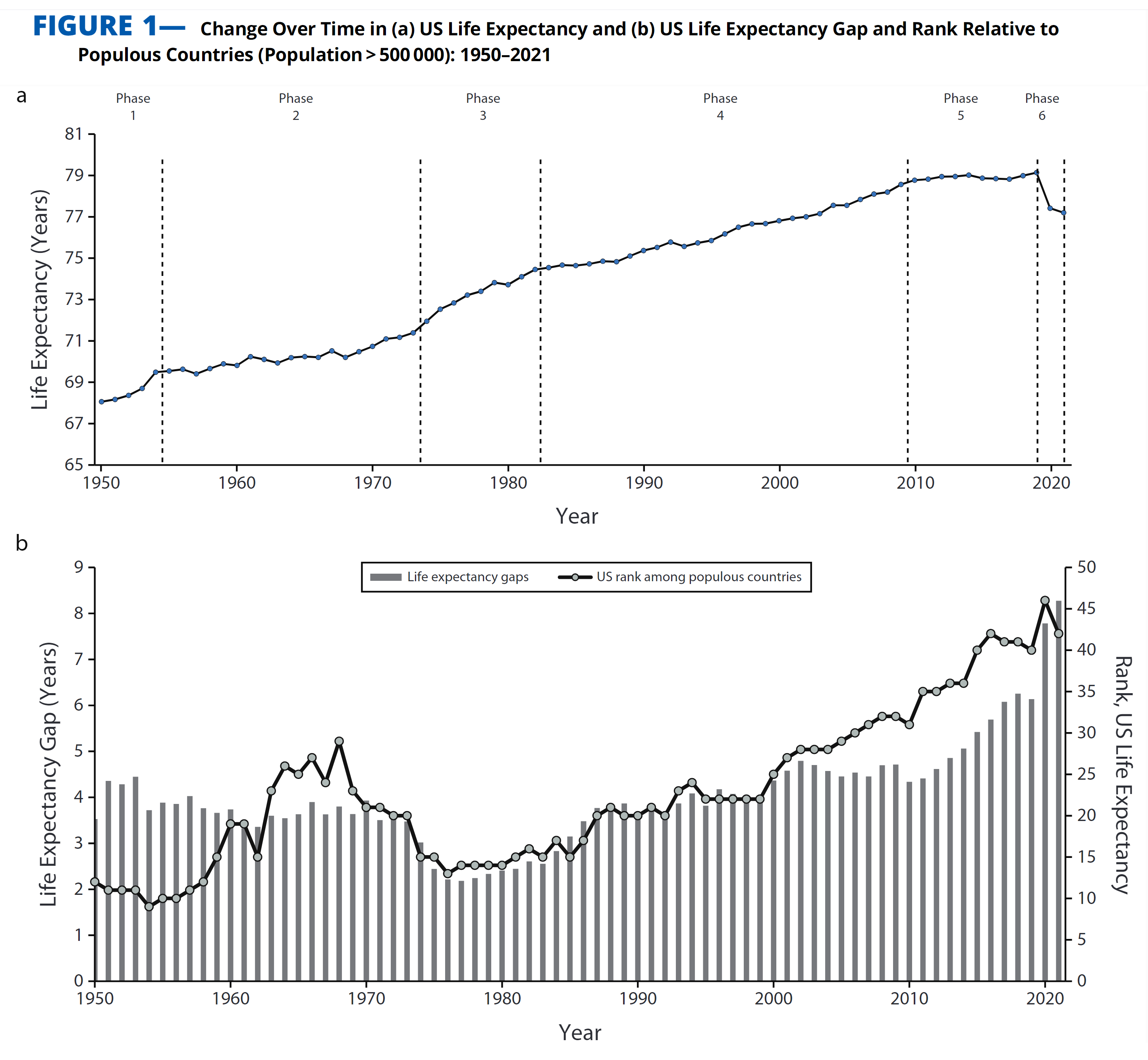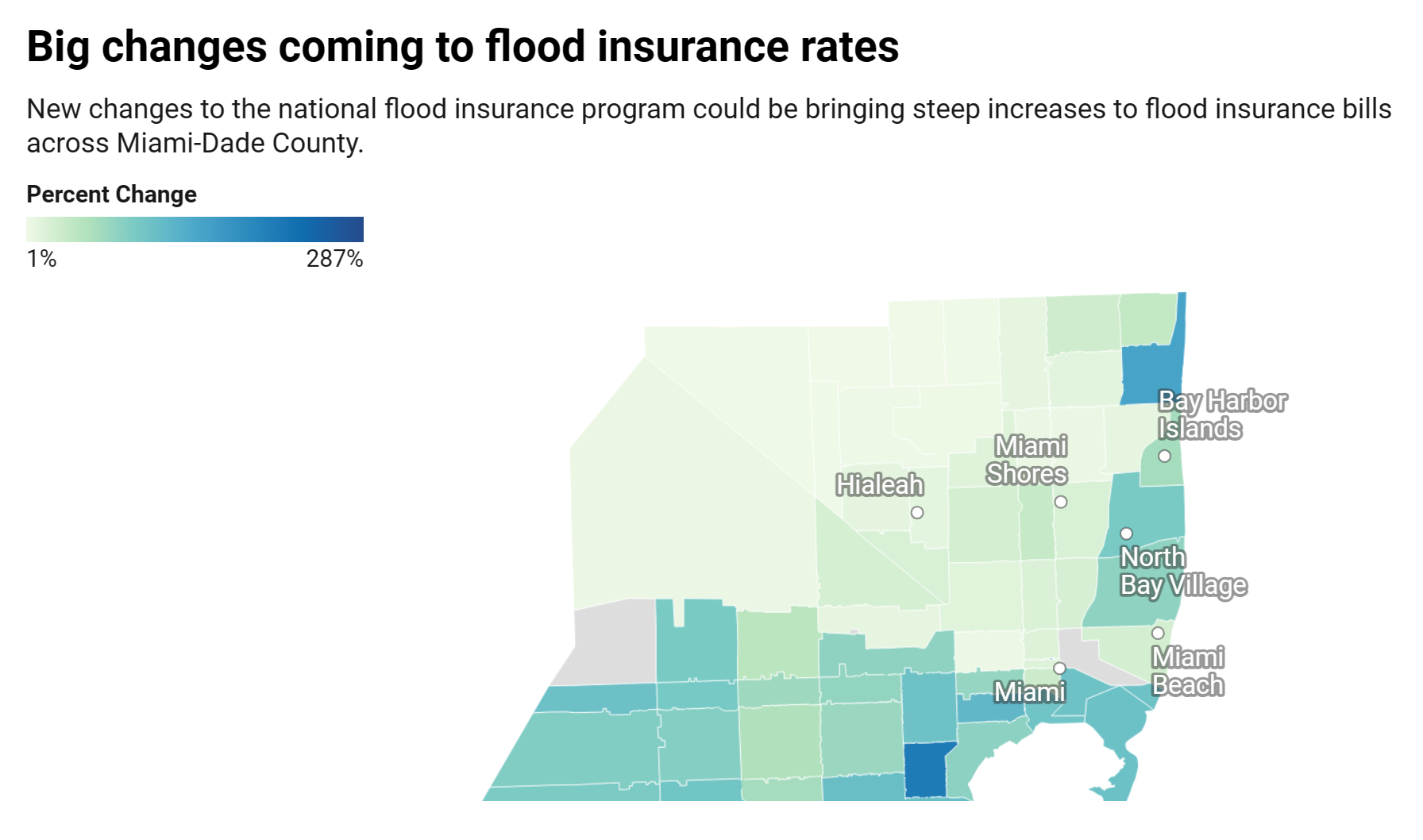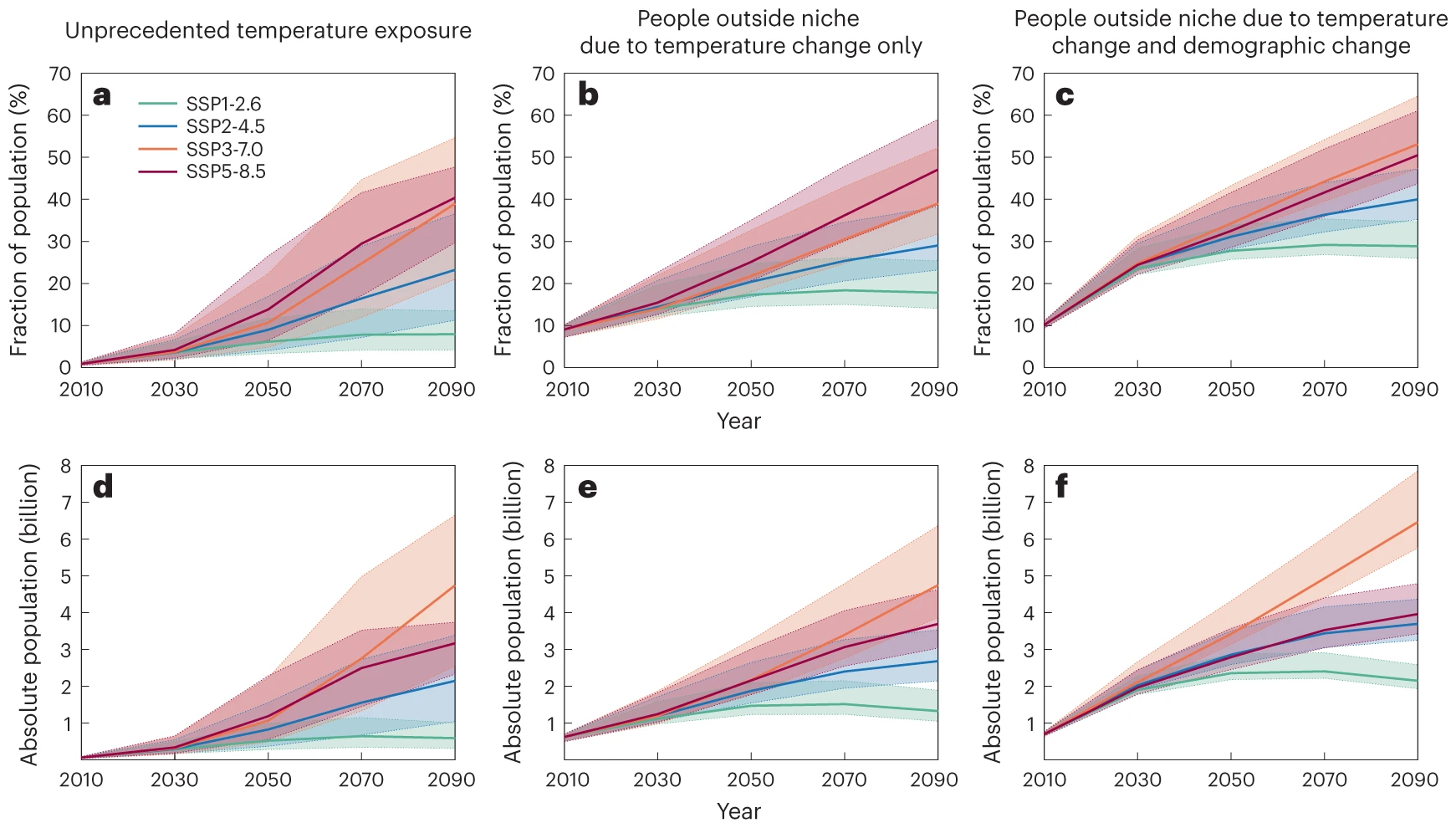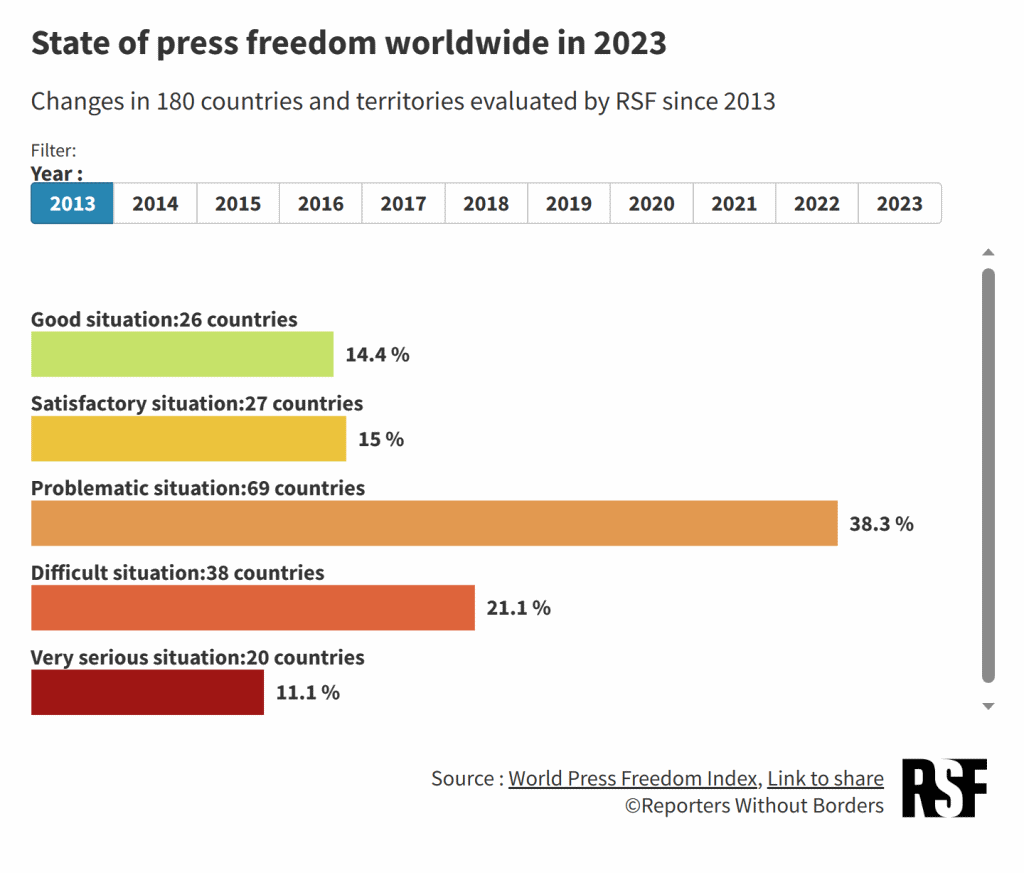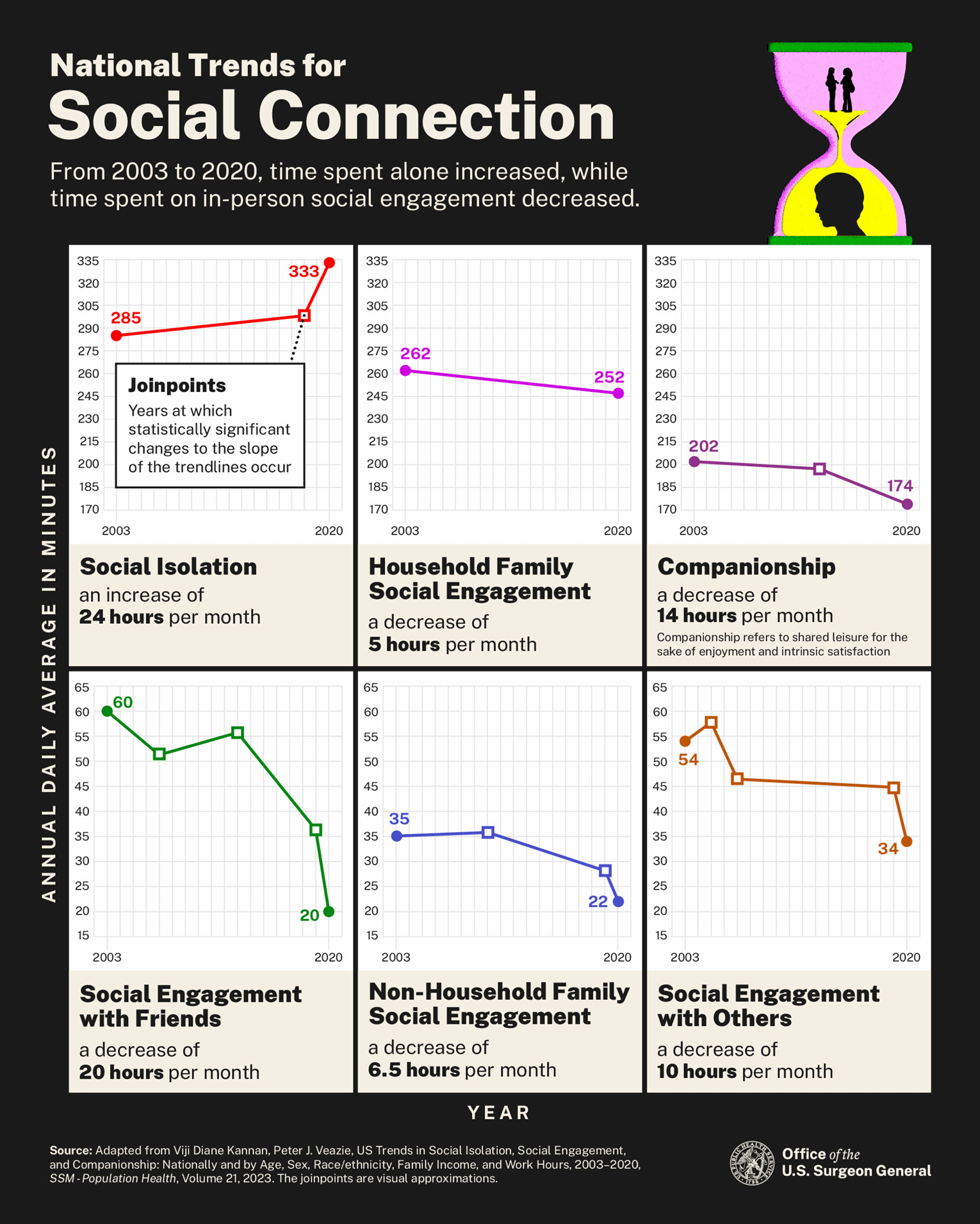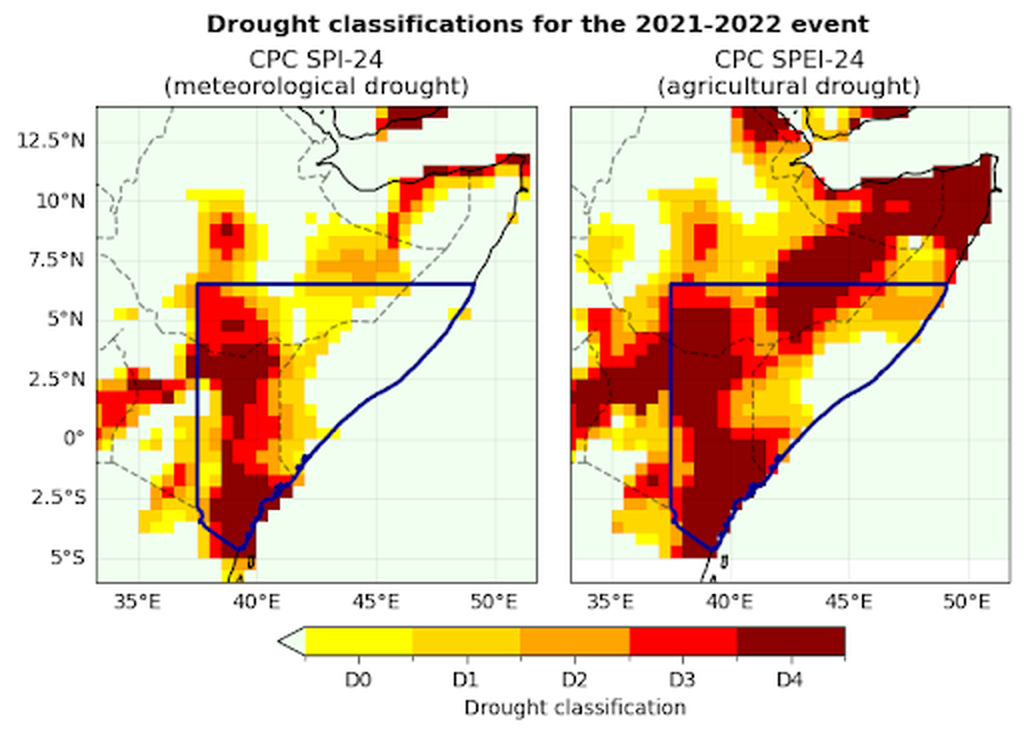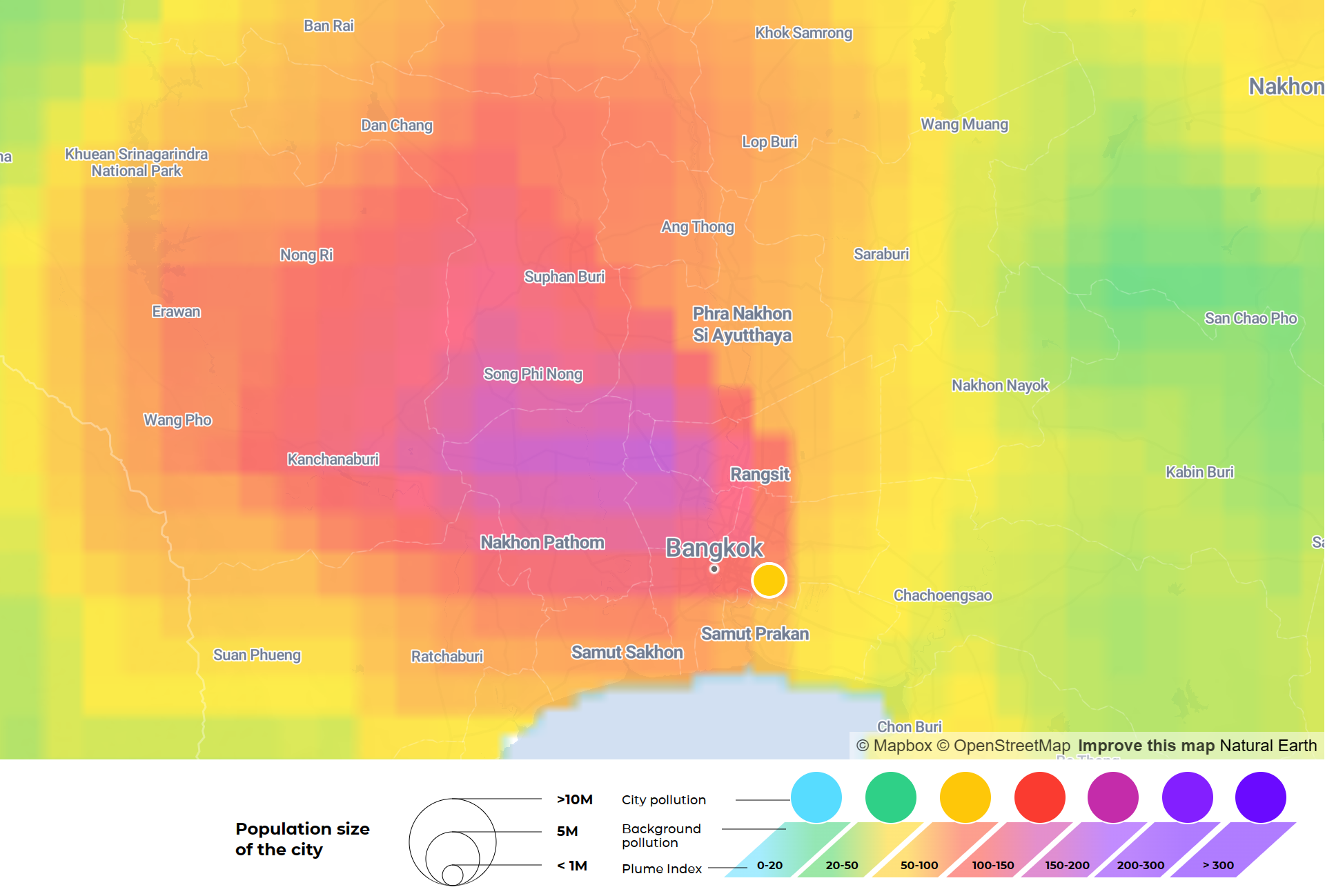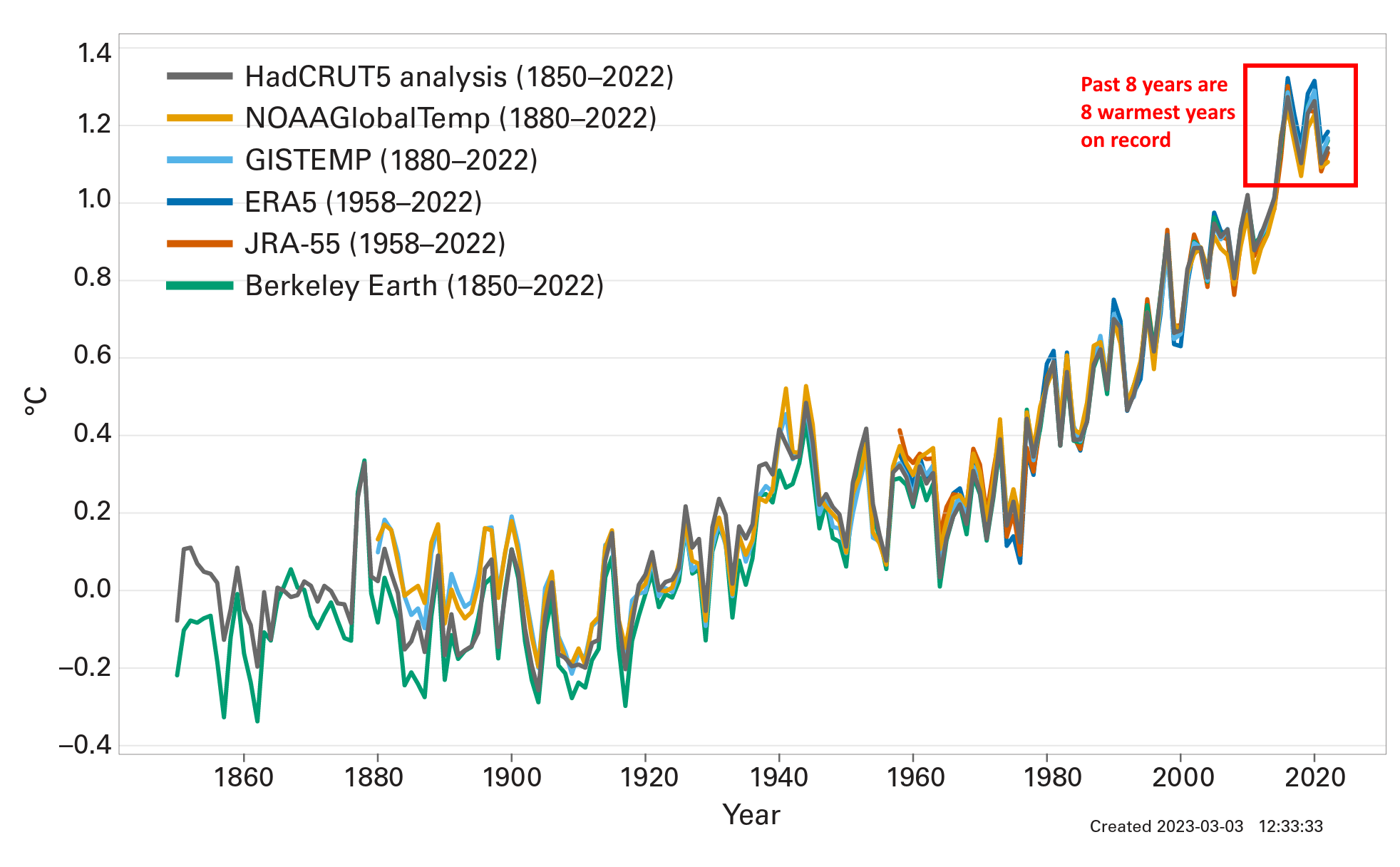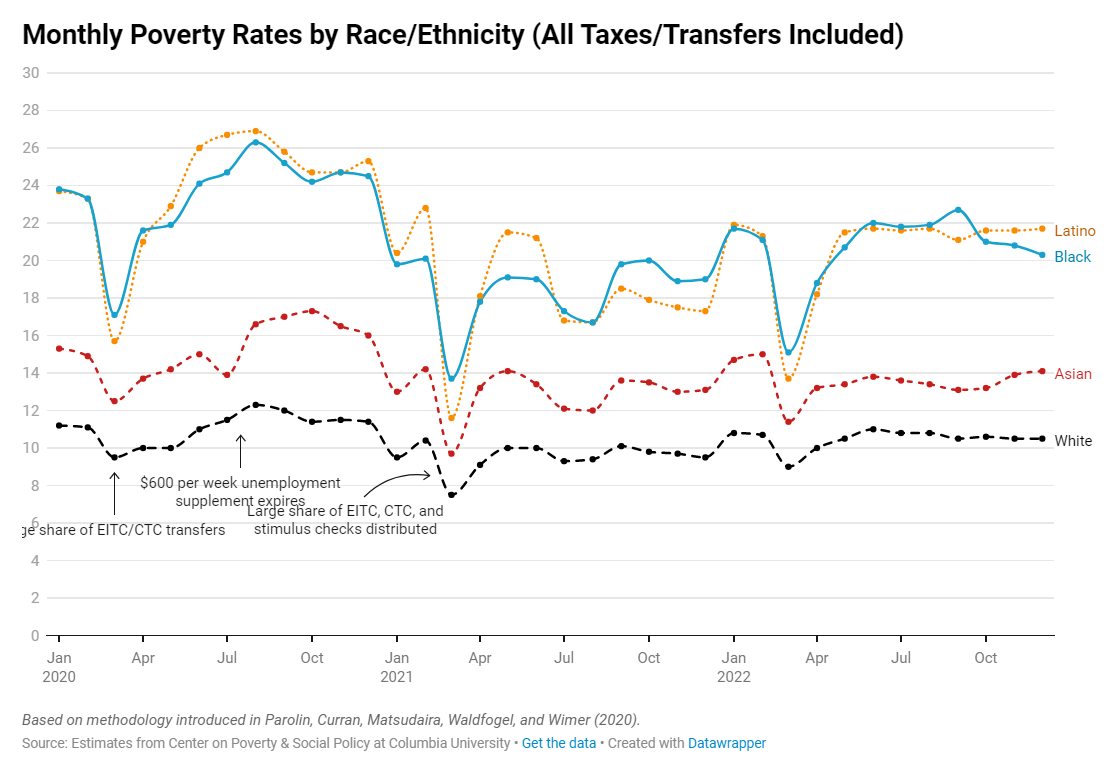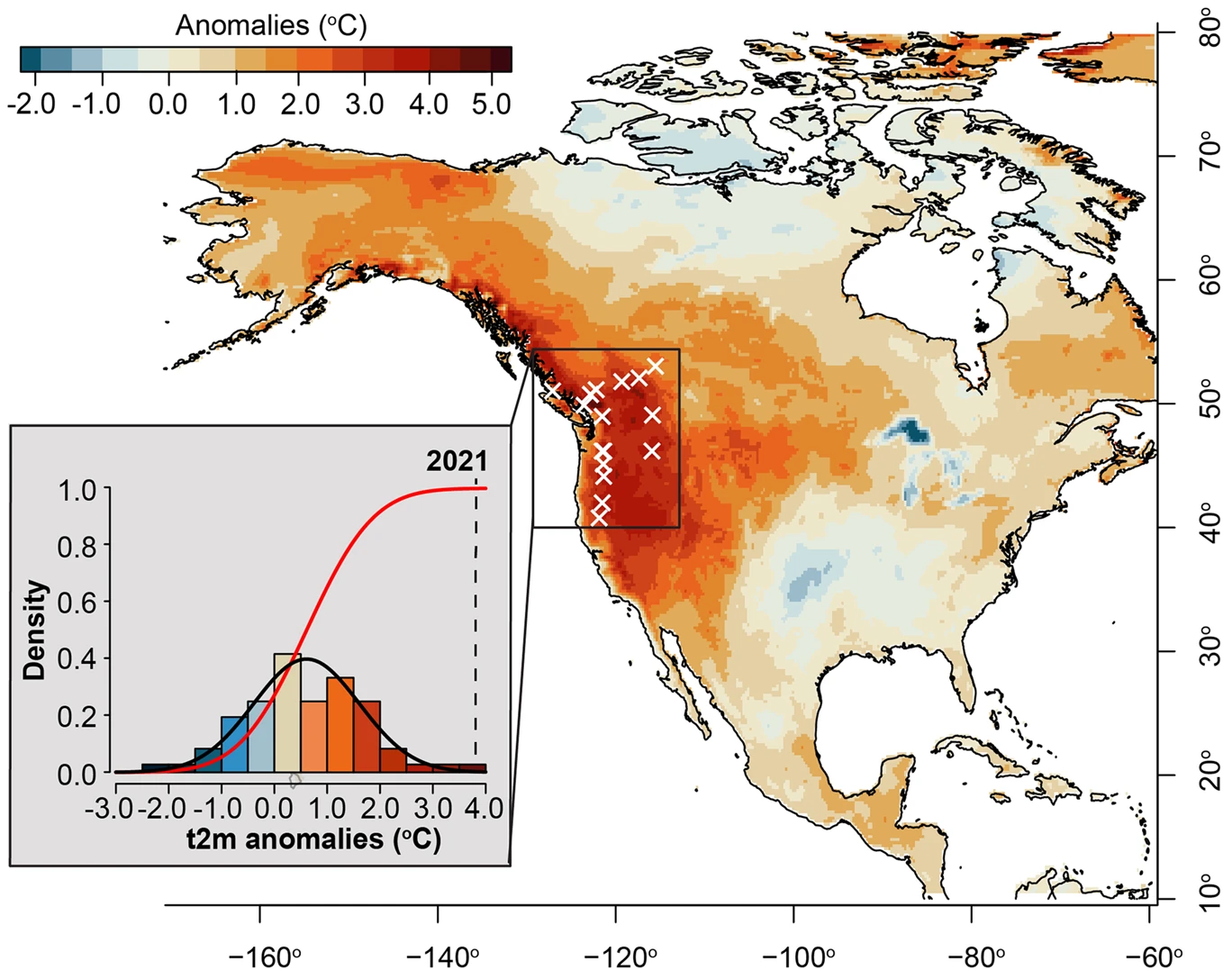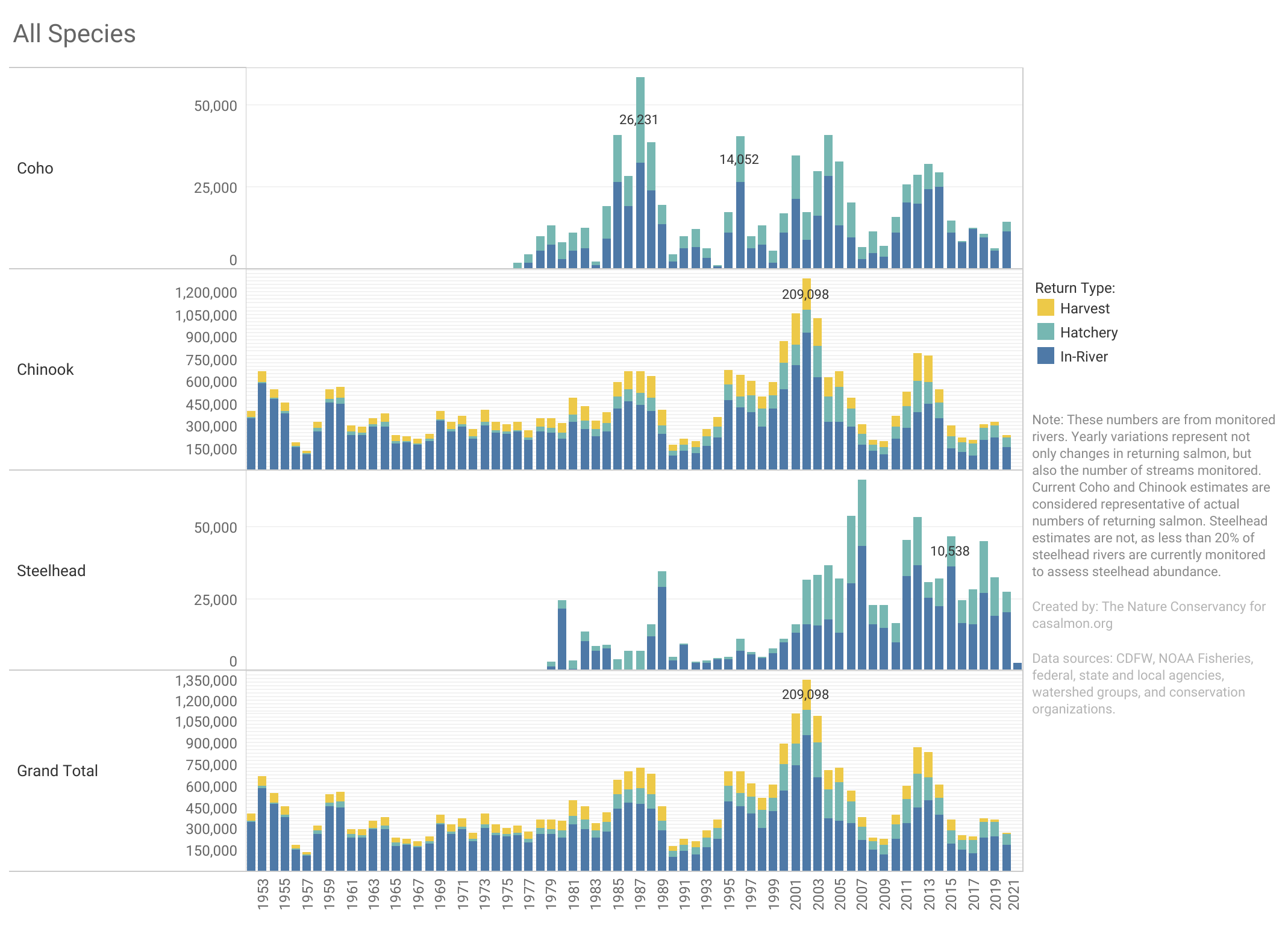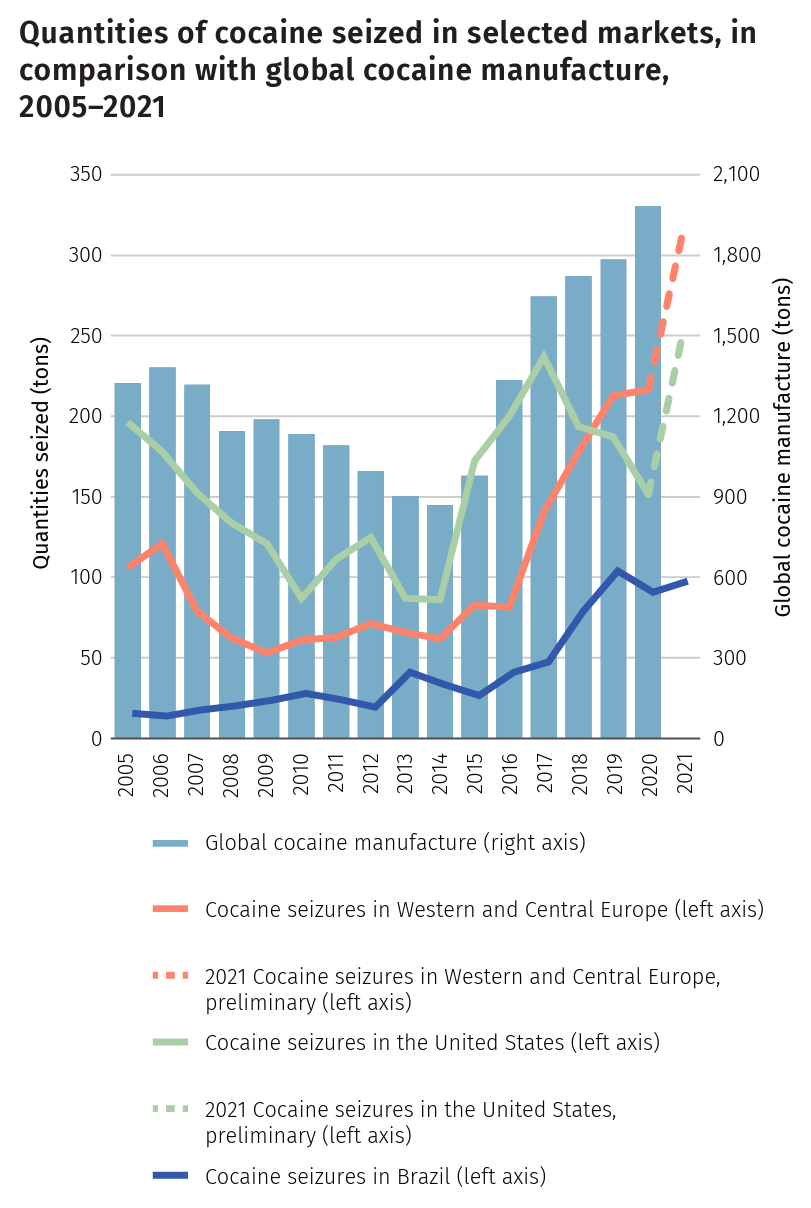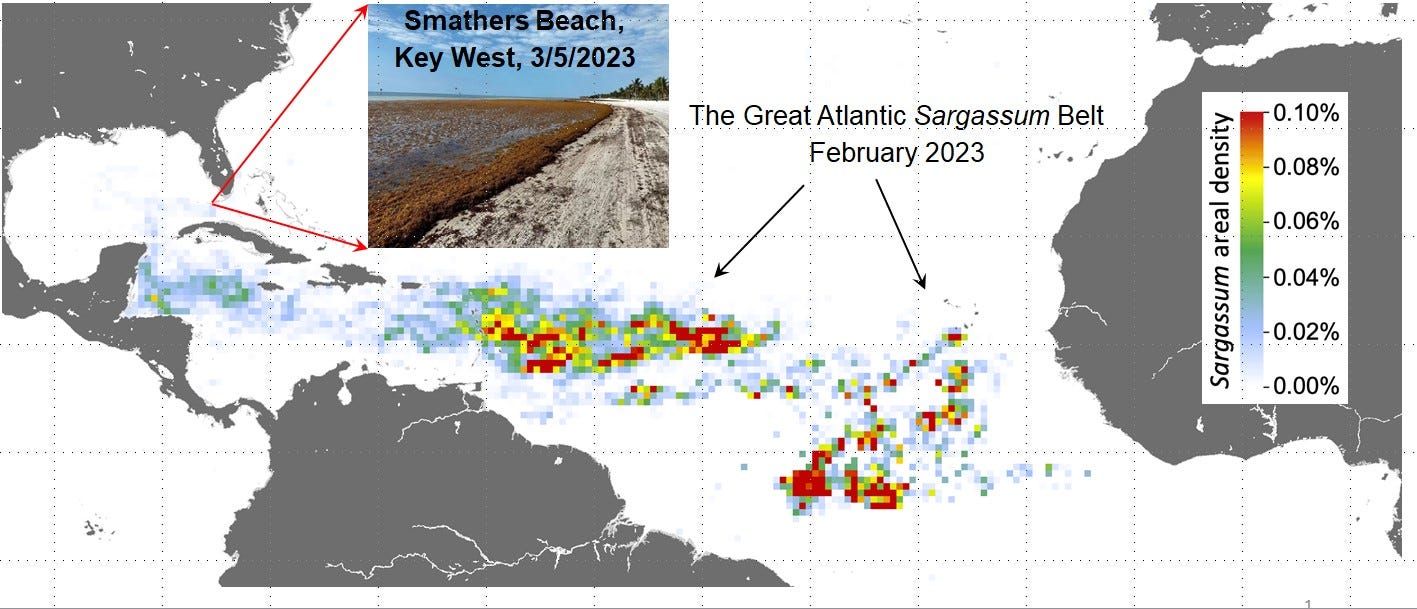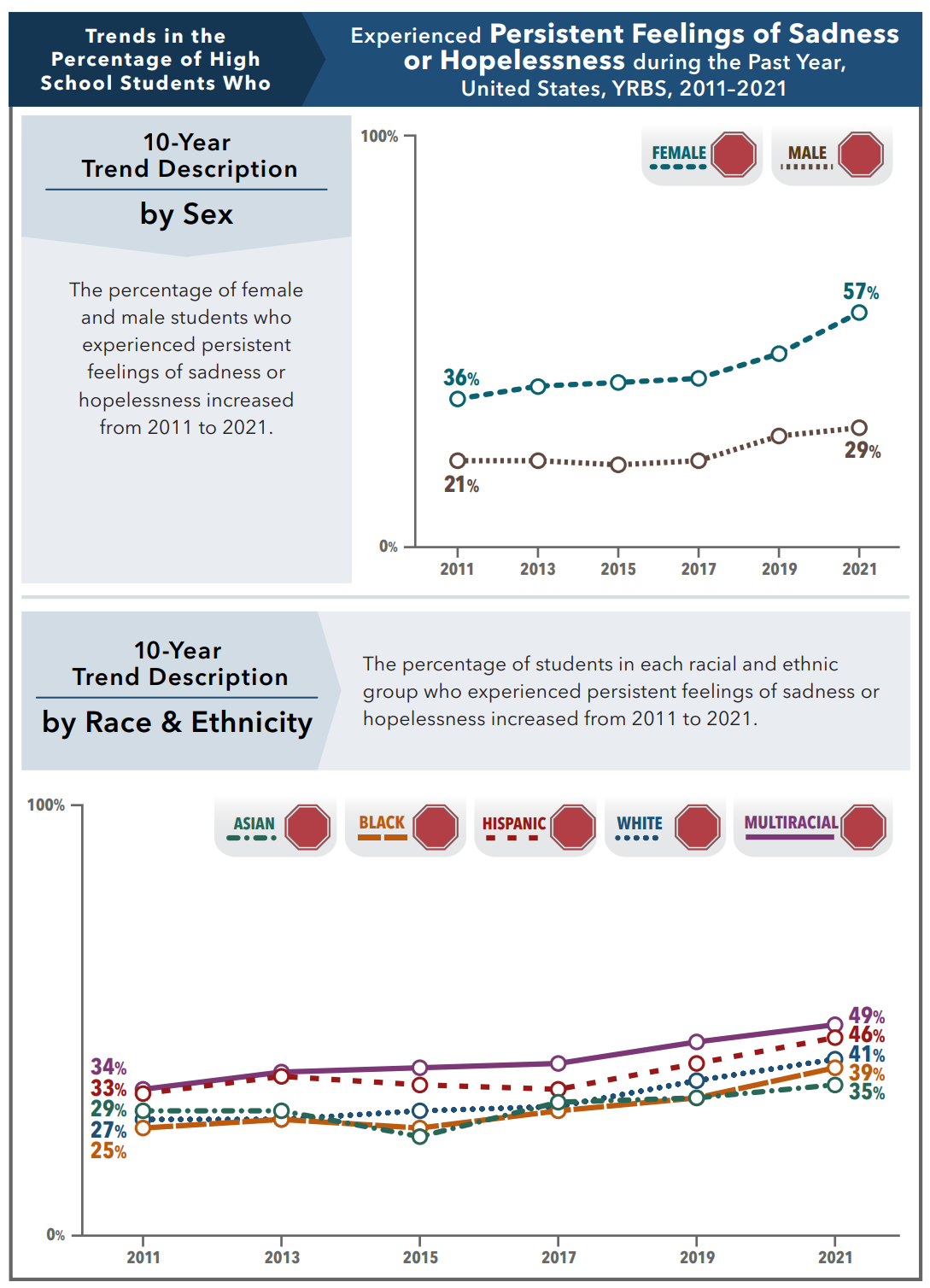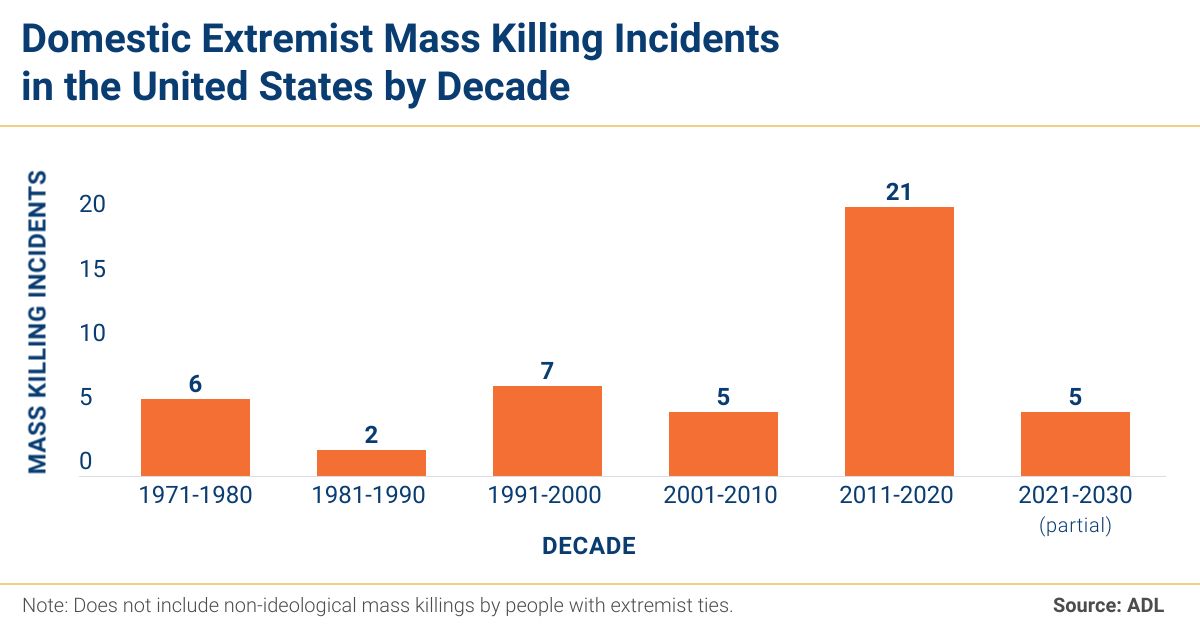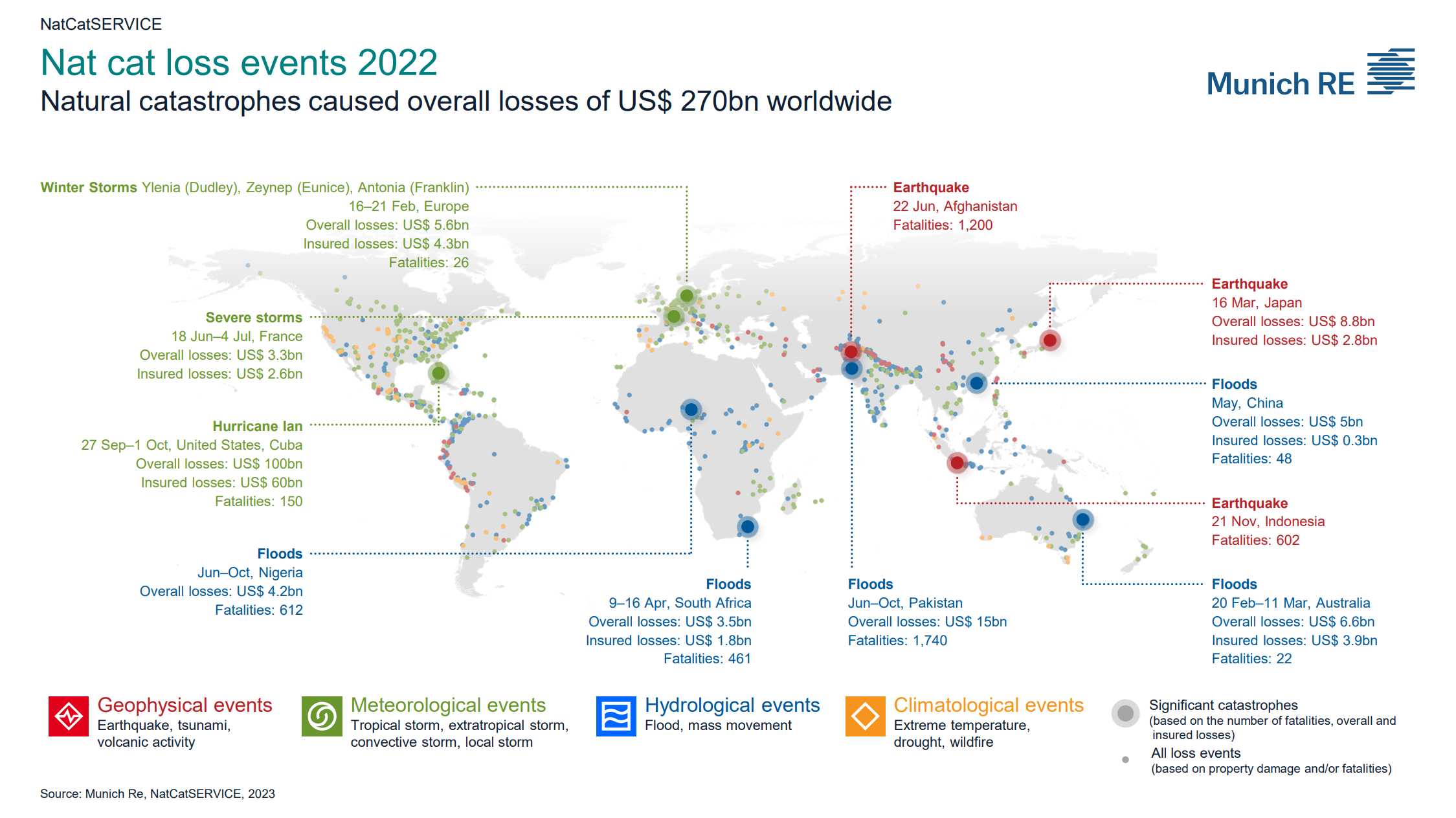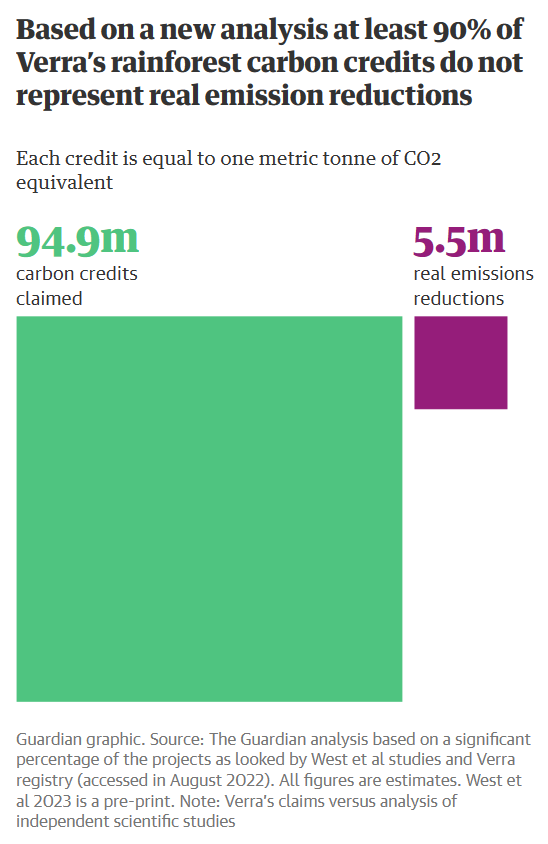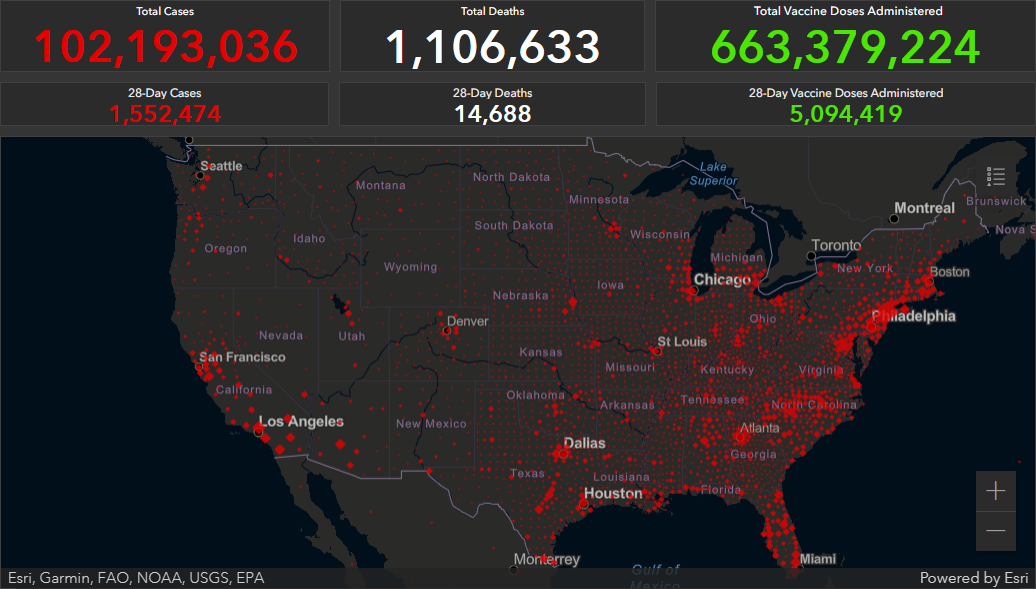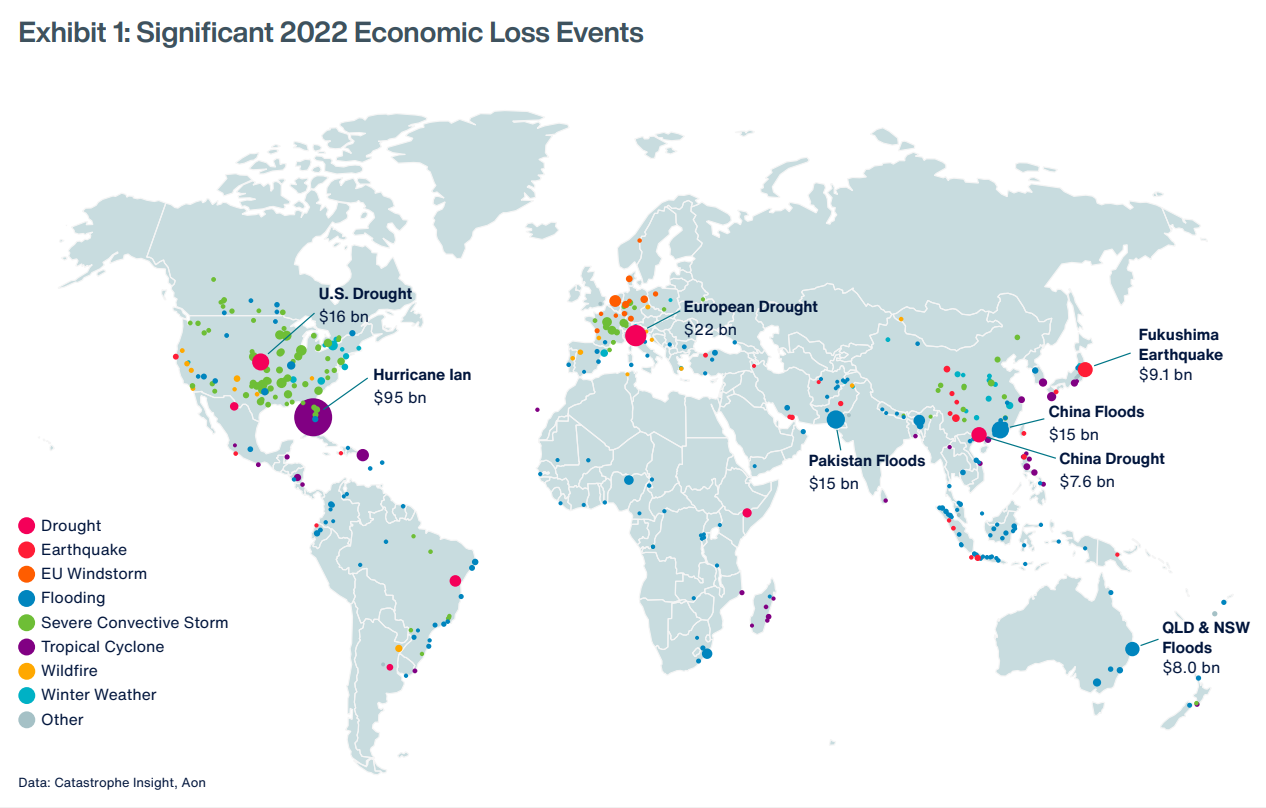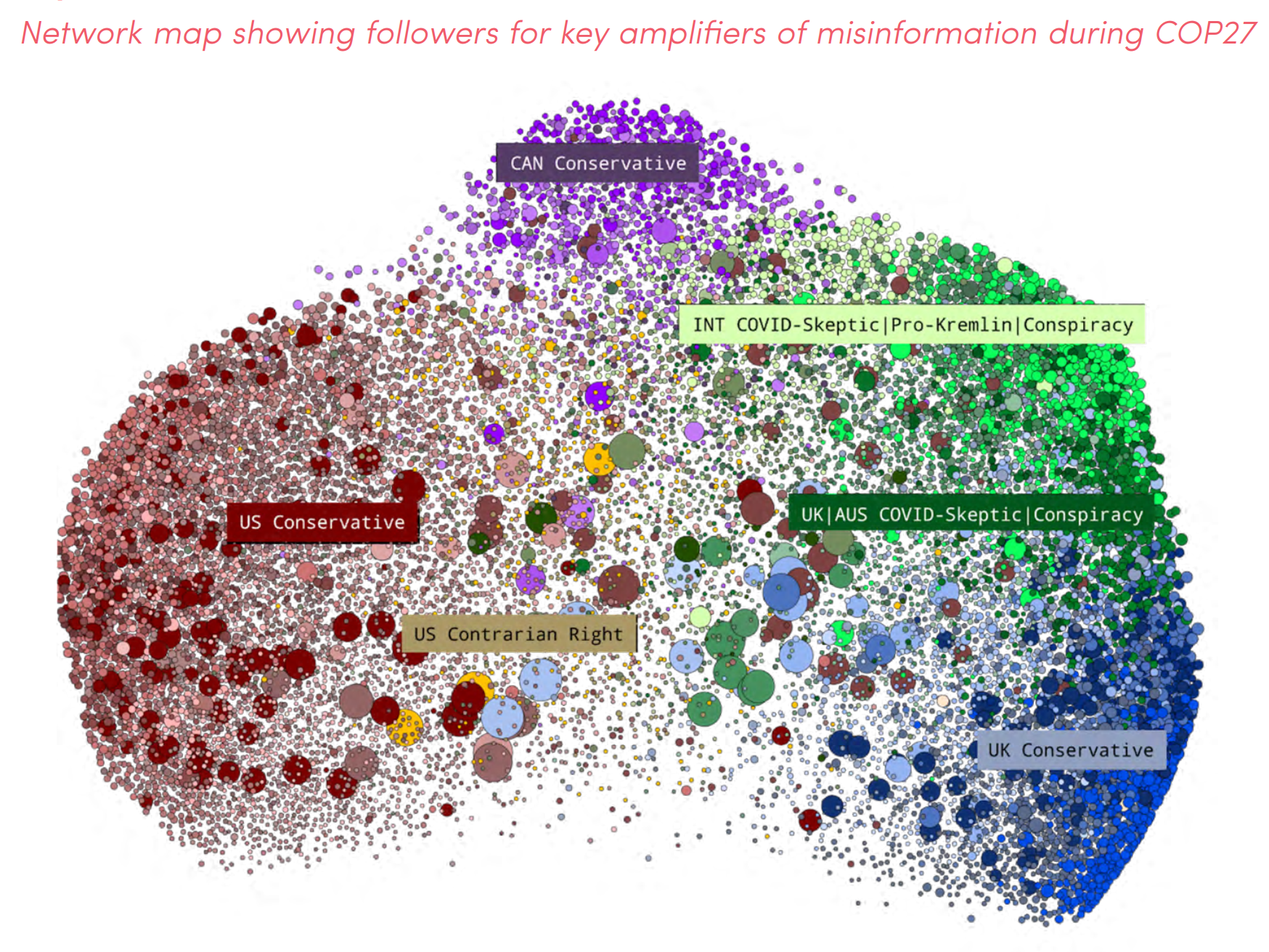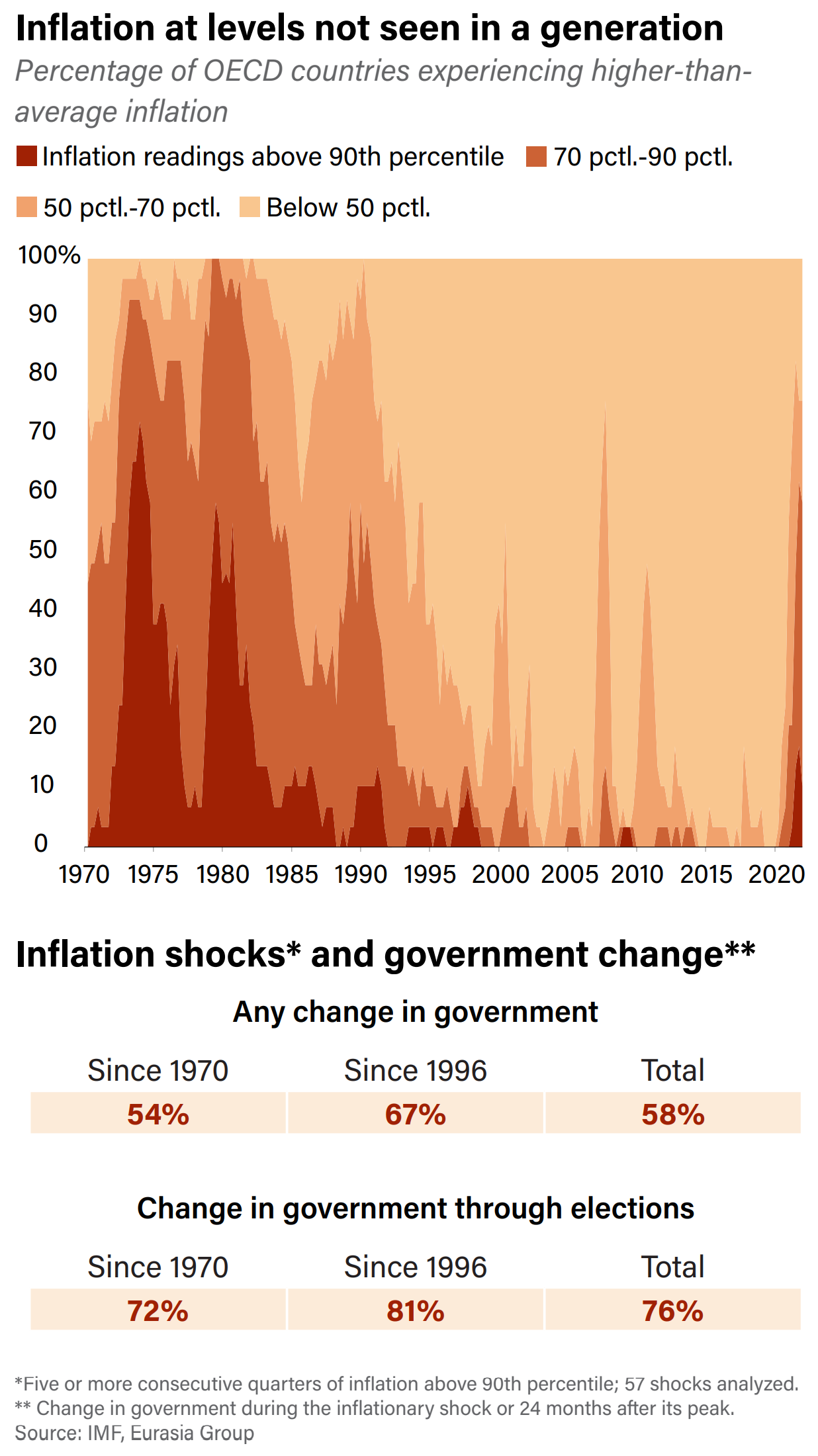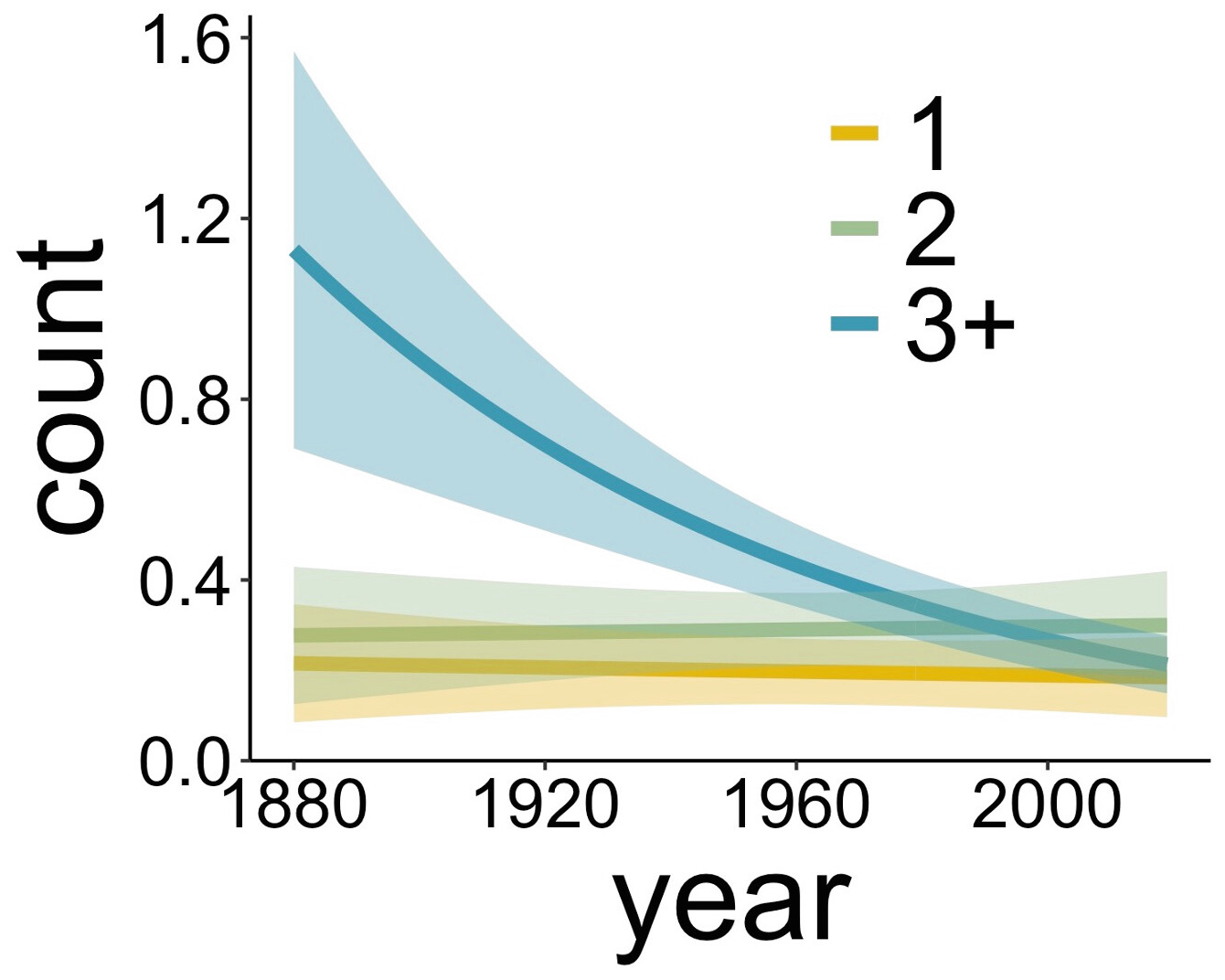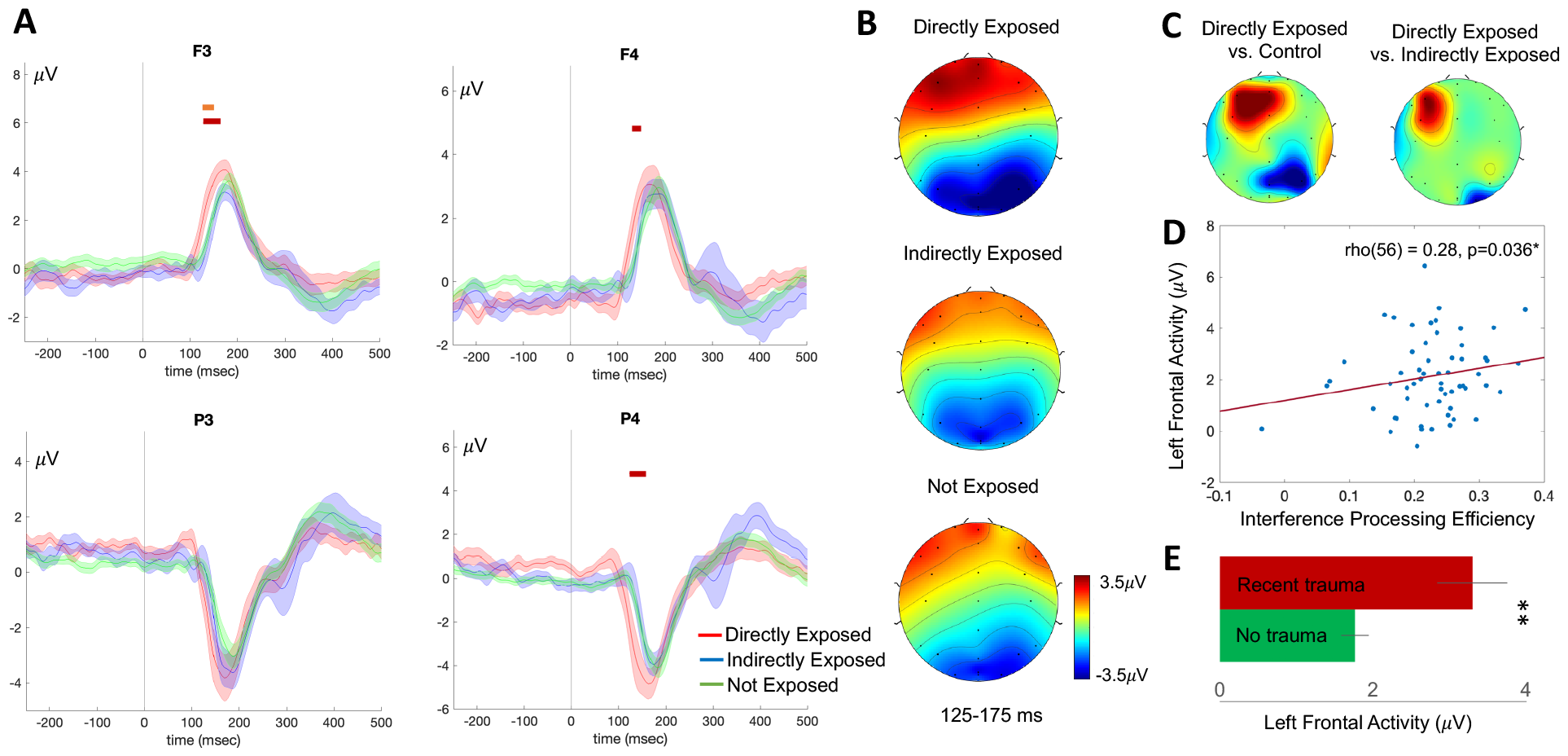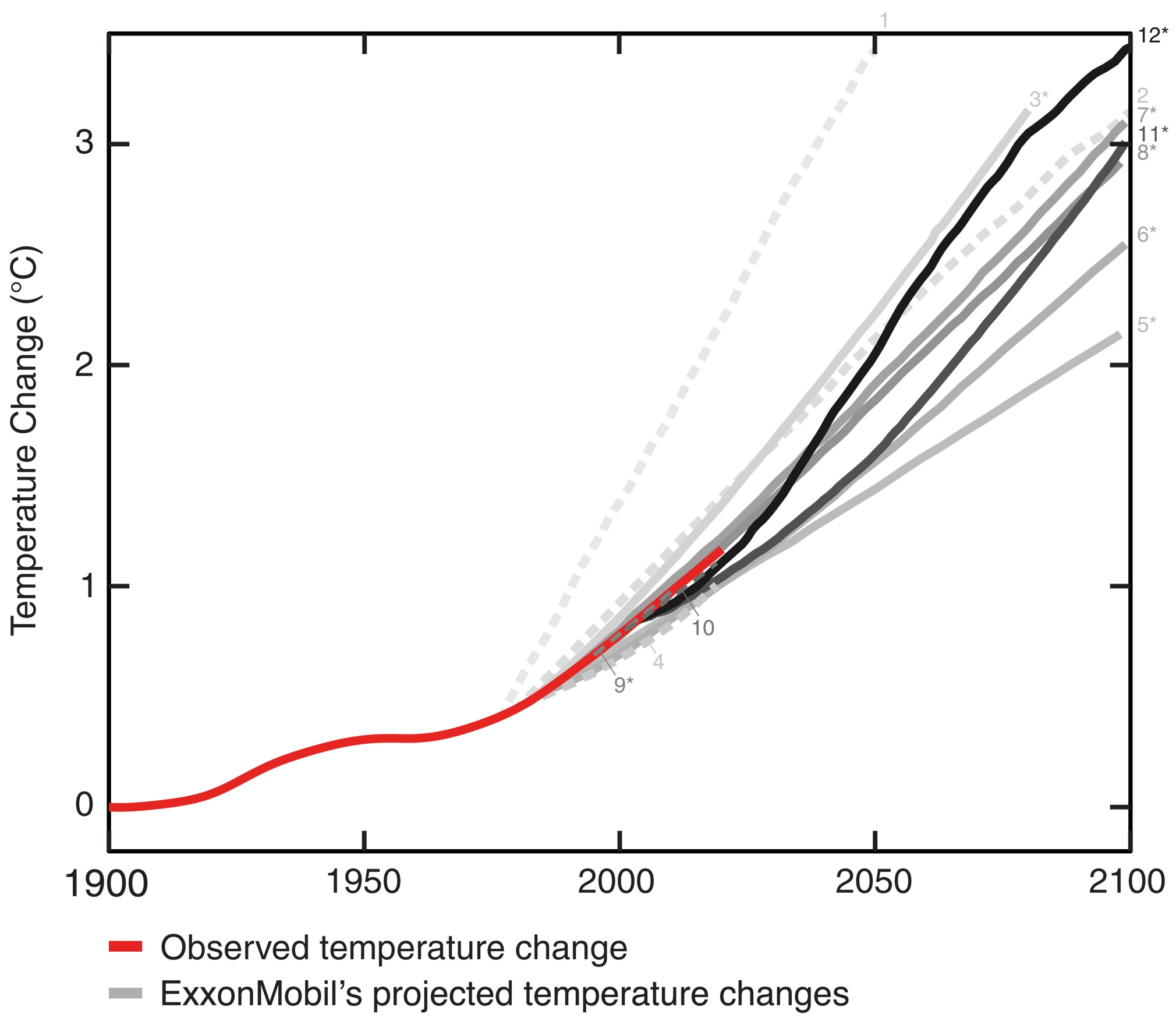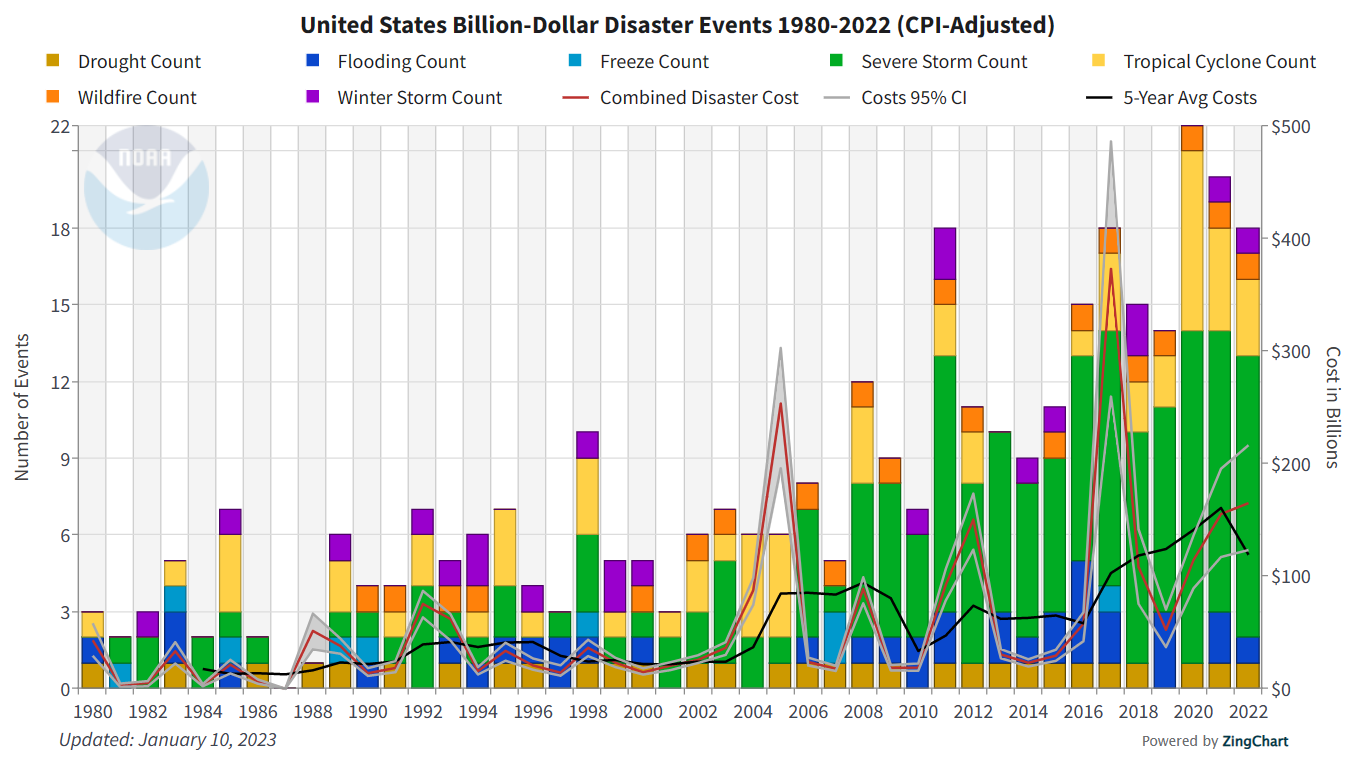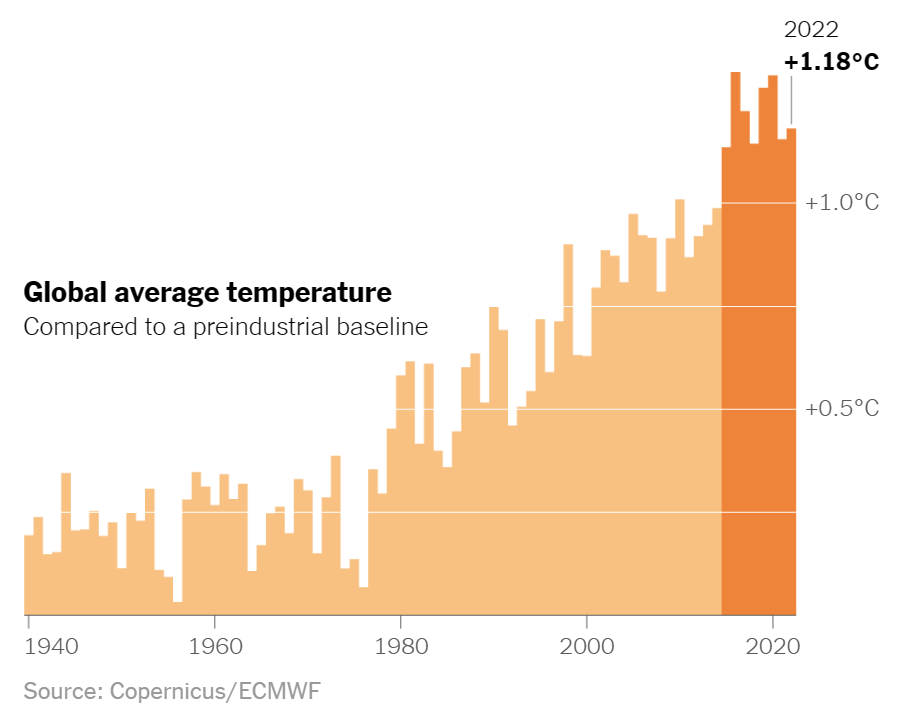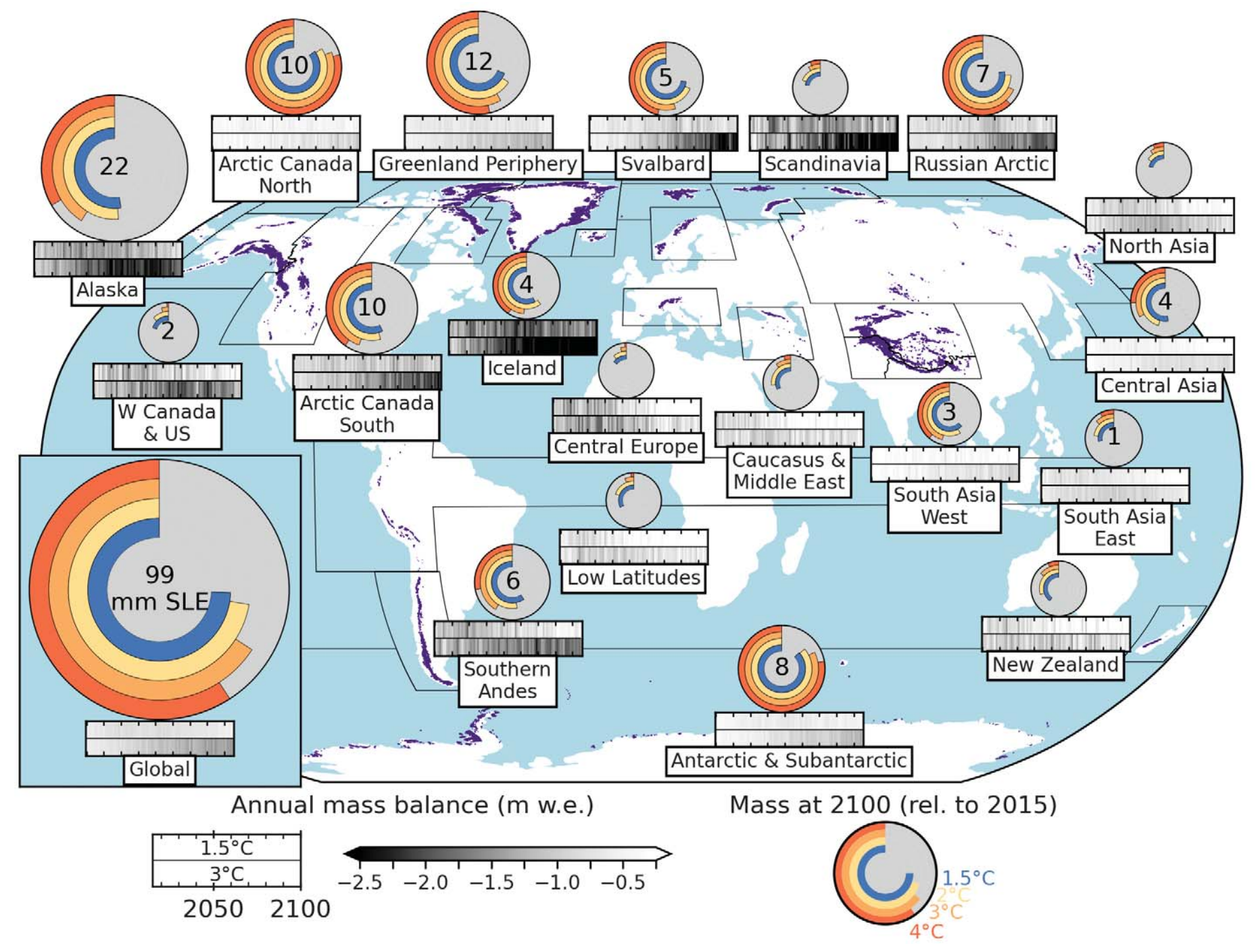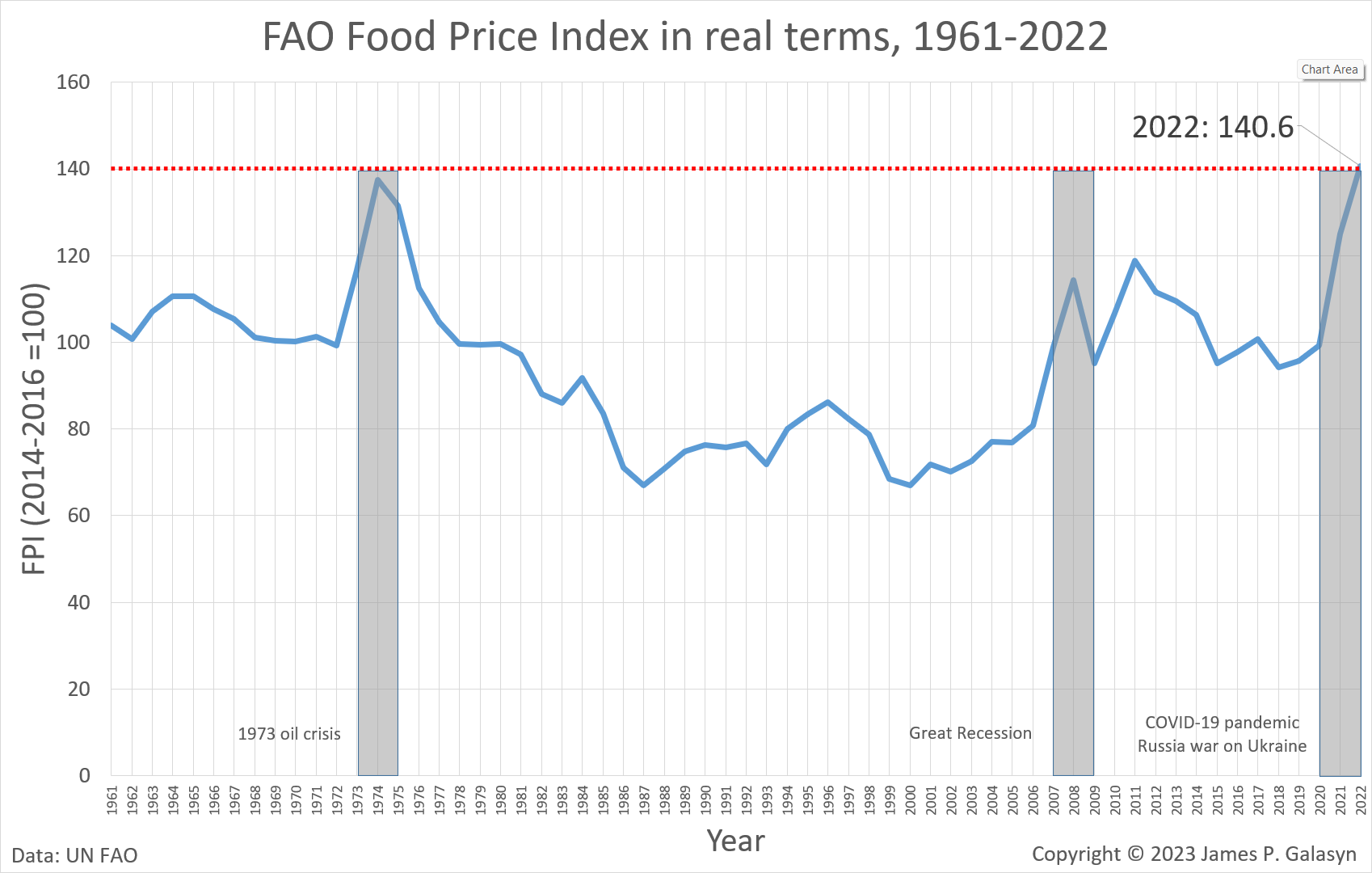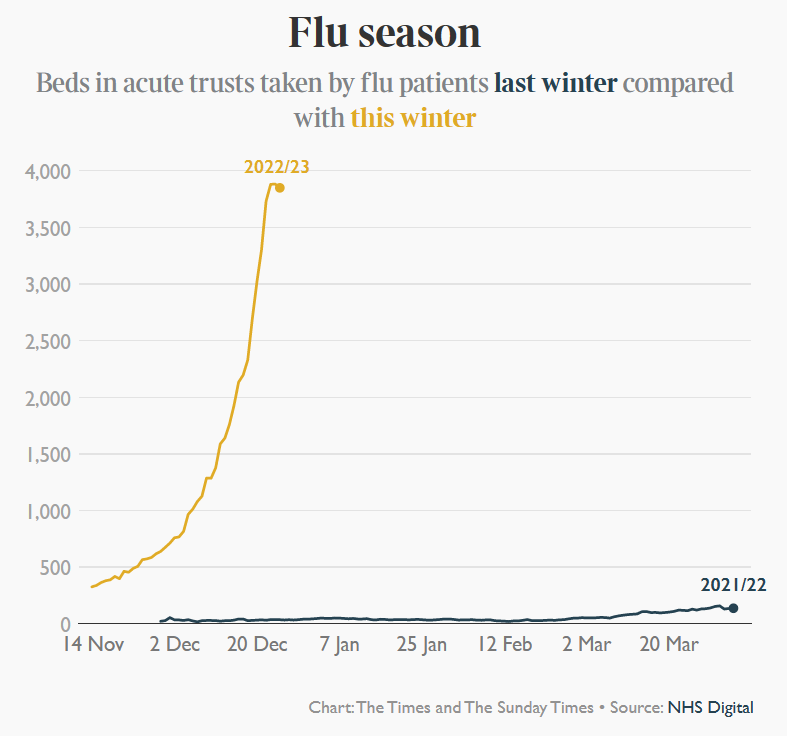Doomiest Graphs of 2023

31 December 2023 (Desdemona Despair) – The topline story of 2023 must be that it was the hottest year on record (so far). It was the hottest in 174 years of record-keeping where humans have directly measured the temperature of the planet. It was probably the hottest in the last 125,000 years. Tessa Hill, marine scientist at the University of California Davis, remarked, “If we don’t change things, if we keep going on the trajectory that we’re going, we will look back at 2023 and think of it as: remember that year that wasn’t so bad?”
If this had been the only bad news in 2023, it would have been more than enough doom for one year. But it’s only the start of a litany of ongoing catastrophes that humans faced in this terrible year.

Hottest year
The Boreal summer in this hottest year was brutal. The full list of heat-related disasters would be far too long for this summary post – see the Doomiest Images of 2023 for an abbreviated list. Possibly the single worst news item in 2023 was when global mean surface temperature briefly exceeded the 1.5°C threshold for the first time in July, a limit set in the Paris Agreement and a temperature rise that wasn’t expected to occur for decades.
- Wildfires in Canada’s Northwest Territories released more than 97 megatons of carbon in 2023, vastly exceeding the 2014 record.
- A 2023 study found that more Europeans died because of heat in 2022 than any year in recorded history. The mortality numbers for the awful heatwaves of 2023 have not yet been analyzed.
- Atmospheric carbon dioxide hit a new peak in 2023, growing at a near-record rate. Not only is CO2 increasing despite our feeble efforts to reduce emissions, but it’s increasing faster than it was 10 or 20 years ago.
Berkeley Earth estimated that 2023 is virtually certain (99 percent chance) to average more than 1.5°C above the 1850-1900 baseline temperature, meaning that humans have already blown through the Paris Agreement target, years or decades sooner than expected.

Biosphere disruption
Even if our species weren’t directly driving the planet into a temperature regime that hasn’t existed for hundreds of thousands or millions of years, humans continue to dismantle the biosphere on which all life depends – even us.
- A Stanford University study found human-driven mass extinction is eliminating entire branches of the tree of life in an ongoing “biological annihilation”.
- A Queen’s University Belfast study showed that the global loss of biodiversity caused by industrialization is driving the decline of almost half of animals on Earth.
- Nearly 41 percent of amphibian species are threatened with extinction, making them the most imperiled class of vertebrates on the planet.
- As insect populations crash globally, flowers are “giving up” on insect pollinators and are evolving to self-pollinate.
- Nearly half of U.S. honeybee colonies died in the 2022-2023 season, the second-highest death rate on record.
- The ocean’s color is changing as a consequence of global warming, reflecting significant shifts in essential marine ecosystems.
- Factory fishing in Antarctica for krill is targeting the cornerstone of the fragile Southern Ocean ecosystem.
Even our attempts to avert global warming are contributing to the destruction of the biosphere, as solar farms in California imperil rare plants and slow-footed tortoises, while wind farms in Brazil disrupt the ecosystems of endangered jaguars and pumas.
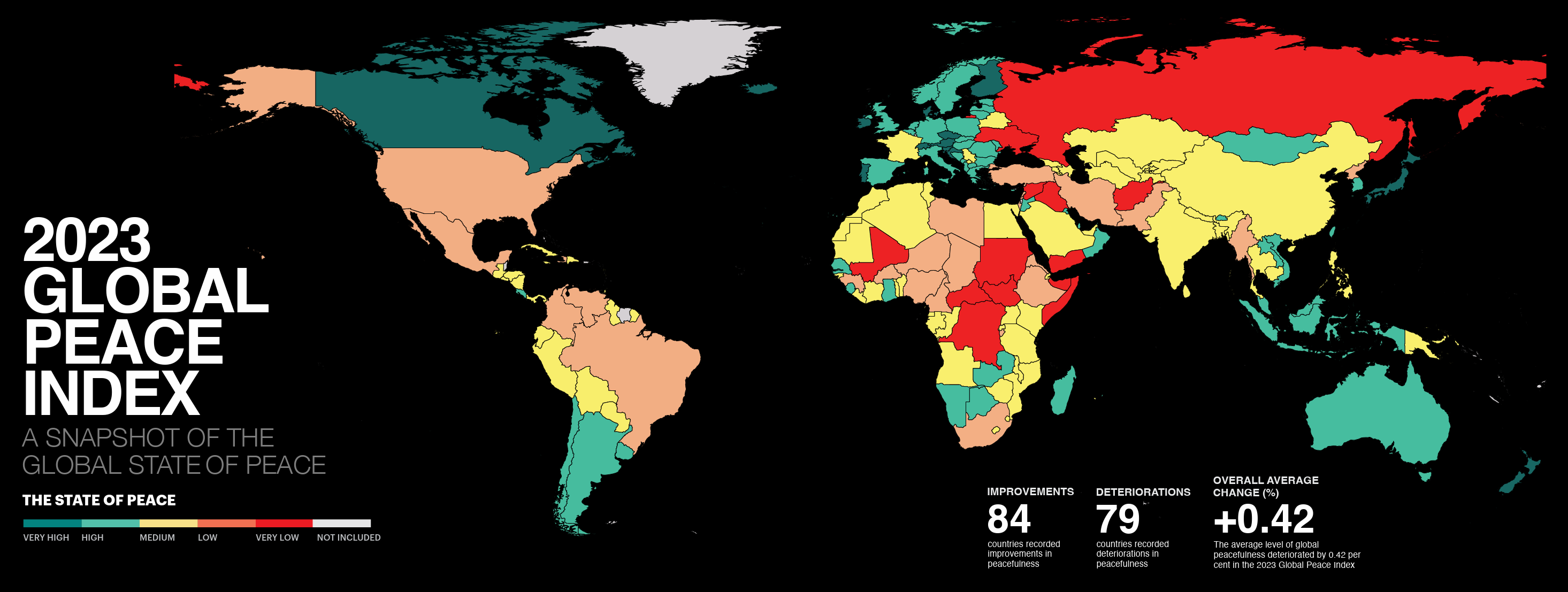
Social dissolution
Not surprisingly, heating the planet to excruciating temperatures while destroying the natural world is driving humans insane en masse. The year 2023 saw new highs in human violence and depression this century.
- Mass shooting deaths in the U.S. hit a record high in 2023, with more than 200 people killed in 40 mass murders. Overall, more than 42,000 people died from gun-related events in the U.S., including 23,694 who died by suicide.
- Suicides in the U.S. hit a historic high, with more than 49,000 people dying by suicide across the country.
- Conflict deaths in 2023 hit the highest level this century, with 79 countries witnessing increased levels of conflict, including Ethiopia, Myanmar, Ukraine, Israel, and South Africa.
- U.S. depression rates reach new highs in 2023, as the percentage of U.S. adults who were diagnosed with depression at some point in their lifetime reached 29 percent, nearly 10 percentage points higher than in 2015.
- Teen girls in the U.S. reported the highest levels of sadness and sexual violence in a decade, with almost three in five U.S. teen girls reporting feeling sad or hopeless, and at least one in 10 high school girls saying they have been forced to have sex, a 27 percent rise since a survey two years earlier.
- Overdoses involving fentanyl caused one in five deaths of people ages 15-24 in California. Drug overdoses now kill two-to-three times as many people in the state as car accidents.
- Cocaine production hit its highest level on record, with coca cultivation soaring 35 per cent, a record high and the sharpest year-to-year increase since 2016.
- Homelessness in the U.S. rose to a record level in 2023, with the homeless population increasing by more than 70,000 people, or 12 percent – the largest one-year jump since the U.S. began collecting data in 2007.
- School vaccination exemptions in the U.S. reached the highest on record among kindergartners, with vaccination exemptions increasing to 3 percent of kindergarten students. The vast majority of these exemptions were not for medical reasons, showing how deeply anti-vaccine disinformation has penetrated society.
- Britain’s National Health Service continued its rapid implosion, with as many as 500 people dying each week because of delays in emergency NHS care.

Institutional failure
Also not surprisingly, human institutions proved completely inadequate for finding solutions to these self-inflicted catastrophes. The most obvious failure was the COP28 climate summit in December, which was literally led by the fossil fuel industry in 2023. As Swedish climate campaigner Greta Thunberg pointed out, it’s “absurd” to think oil companies causing the climate crisis have a solution to it. “As long as they can get away with it, they will continue to invest in fossil fuels, they will continue to throw people under the bus,” she said at the World Economic Forum meeting in January, stating the obvious.
But human institutions are failing in numerous other ways.
- U.S. states siphoned away $750 million in infrastructure law climate funds to general-purpose highway construction accounts. The sum was more than one-quarter of the total annual amount made available to states in two new climate-related programs.
- Global coal production increased by more than 7 percent compared to 2021, reaching a record high of 175 exajoules.
- Current climate policies are completely inadequate and will leave more than one-fifth of humanity exposed to dangerously hot temperatures by 2100. In “worst-case scenarios” of 3.6°C or even 4.4°C global warming, half of the world’s population could be left outside the climate niche, posing an “existential risk”.
- Mitigation strategies that rely on carbon credits are already failing, as large corporations withdraw from the carbon market due its fundamentally ineffective – and fraudulent – nature.
- The insurance industry is raising premiums and withdrawing from regions that are prone to recurring climate disasters, a market-based reaction that strands thousands of people and billions of dollars of assets.
Climate scientist James Hansen told the Guardian that 2023 will be remembered as the year when humanity’s failures became apparent.
“When our children and grandchildren look back at the history of human-made climate change, this year and next will be seen as the turning point at which the futility of governments in dealing with climate change was finally exposed,” he said.
“Not only did governments fail to stem global warming, the rate of global warming actually accelerated.”
- Don’t miss the doomiest images for 2023.
- For the doomiest content going back to 2010, check out the Doomiest Images and Graphs Index.
Extreme heat in North America, Europe, and China in July 2023 made much more likely by global warming – Without human-induced climate change these heat events would have been extremely rare: China heatwave would have been a 1 in 250-year event, and max heat like in July 2023 would have been virtually impossible in the U.S./Mexico region and Southern Europe

Summer in the Southern U.S. is becoming unbearable – “This is how it’s going to be: Things will get hotter, storms will get worse, wildfire smoke will get more common. All the while, the ruts of inequity will be worn deeper, the same people time and time again placed on the front lines of catastrophe.”

Global loss of biodiversity is significantly more alarming than previously suspected – “Almost half of animals on Earth for which assessments are available are currently declining. To make matters worse, many of the animal species that are thought to be non-threatened from extinction are in fact progressively declining”






























